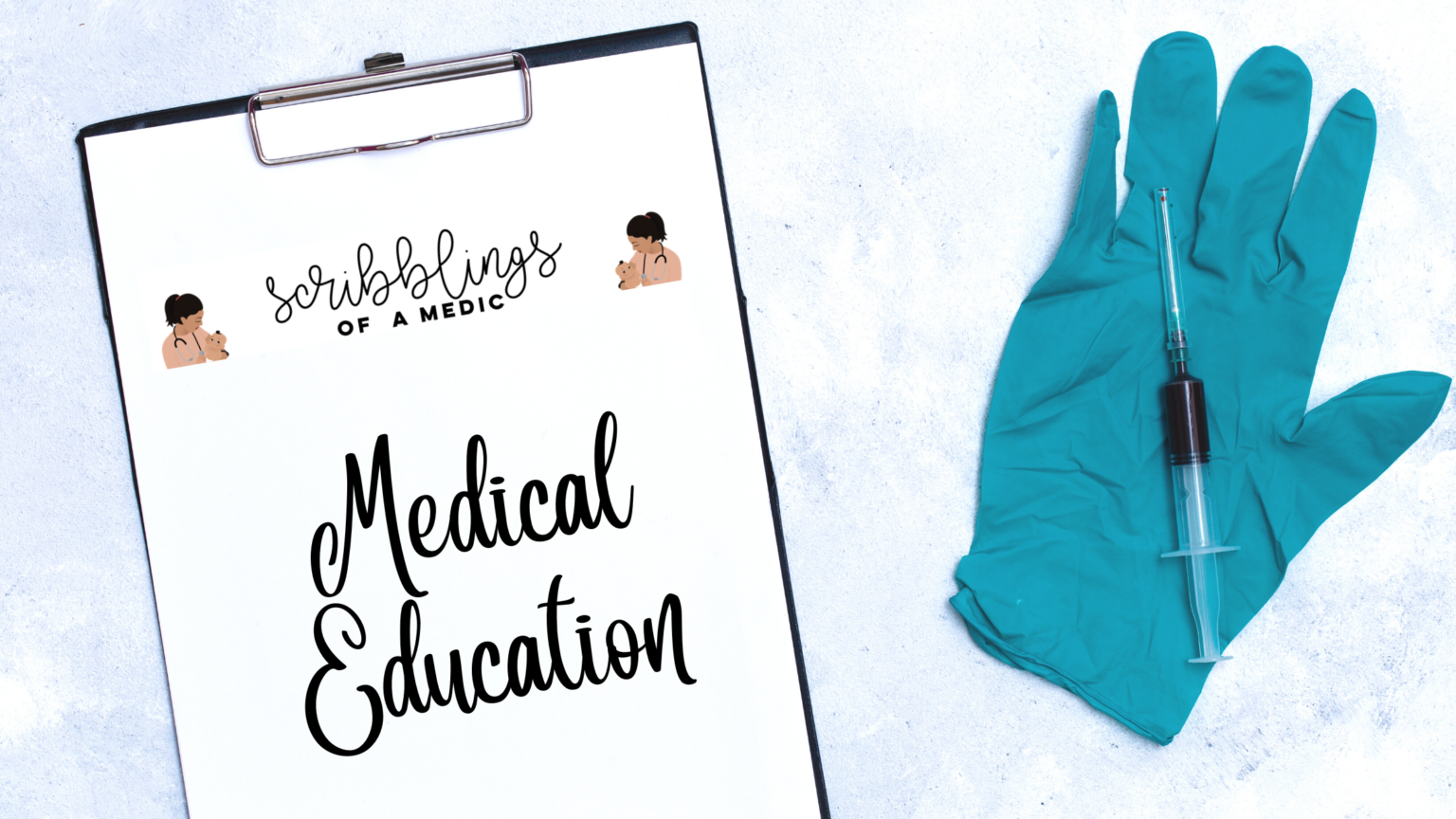Getting ready to be a paediatric intern? Then get ready to be woken up between midnight and 3 a.m. by an admission of excessive crying. More often than not by the time the baby comes to the hospital, the vibration of the car/trishaw ride has soothed the baby into pretty much a sedative coma. Annoying? Yes. Must be seen? Also, yes.
The background story
An anxious new mother brings a crying 2 month old baby boy. The baby is exclusively breast fed (on demand feeding) and has not had any prior problems. The mother claims the child has been excessively crying for about 3 hours continuously and cannot be soothed. The mother says the baby has had no fever, cough, cold, vomiting or loose stools. There was also no contact history of cough/cold. When crying the baby had refused to feed, but had fed 6 hours prior and passed urine/stools as normal during the day. There was no previous history of similar events.
So what did I do?
After taking a quick history, the mother was almost in tears as the baby had kick started the howling again, and so to give her a break I picked up the baby. As expected, the baby was inconsolable and only mildly settled even with my magic almost always effective techniques. On quick examination, the child was found to be hydrated with adequate weight gain and no fever. The child does not cry in response to touch or movement and physical examination was otherwise normal. No labial adhesion was found.

Investigations and management?
One of the best things I learnt from my paediatric consultant was not to invasively investigate otherwise healthy babies.
Assessment of breast feeding would be first on the management plan agenda just to ensure the baby is being fed adequately (not too much or too little). The one thing you should not miss with excessive crying is an infection such as a urinary tract infection which can be common. Instead of picking the baby you can just ask the mother to collect 2 samples of urine for a urine full report and urine culture. If the baby had frothy or explosive stools, it may be useful to investigate for food intolerances.
Colic is quite common in this age group, but there isn’t a lot you can do about it. There are mixed opinions on the use of simethicone in managing babies with colic, but in our department it was occasionally used and did have good results. An excessively crying baby is very difficult for parents to bear with especially for new parents and so parental education is very important. A change in environment such as in the way the baby is carried and swaddled may also help. A hypoallergenic diet for breast feeding mothers that excludes cow’s milk protein may also be helpful. Colic usually settles by the age of 3-4 months.
Intussusception, torsion of the testes and strangulated hernias are also important differential diagnoses to consider.
Conclusion
Colic is a relatively common encounter in the paediatric setting. It is equally found amongst the sexes and in both bottle & breast fed babies. However, it is more common in pre term babies. The mainstay of treatment is parent education as it can be particularly frustrating. It is a common admission, so hang onto your patience as the mother may need more comforting than the baby!





